Employee-Generated Content: Amplify Your Brand’s Voice
In today’s digital world, brands are always looking for new ways to reach their audience. One great way is through Employee-Generated Content (EGC). Here, employees share their experiences and insights, becoming brand ambassadors.
EGC makes a brand more relatable and trustworthy. It lets brands show their human side. This way, potential customers feel more connected to the brand.
This method is all about employee advocacy and employee engagement. It builds a culture where employees care about the brand’s success.
Key Takeaways
- Employee-Generated Content humanizes a brand.
- EGC fosters trust and credibility.
- It encourages employee advocacy.
- Boosts employee engagement.
- Creates a more relatable brand image.
What is Employee-Generated Content?
In today’s digital world, employee-generated content (EGC) is a key tool for brands. It’s any content made and shared by employees on different platforms. This can be blog posts, social media posts, videos, and more.
EGC is more than just making content. It’s about using employees’ unique views to spread a brand’s message. There are many types of EGC, like behind-the-scenes stories, product reviews, and industry insights. Companies can make a wide range of content that speaks to different people.
There are many good things about EGC for brands. Some main benefits are:
- Increased Authenticity: Content from employees is often seen as more real and reliable than content made by the brand itself.
- Improved Employee Engagement: When employees make content, it can make them more involved and excited.
- Enhanced Brand Awareness: EGC can help a brand reach more people by using employees’ personal connections.
By using EGC in their marketing, brands can make their content more interesting and varied. This helps build a stronger brand and makes the workplace more connected and engaged.
Harnessing the Power of Employee Voices
Employee stories are key to building trust with customers. When employees share their experiences, it makes the brand more relatable. This approach connects with people on a personal level.
Workforce storytelling is a great way to create engaging content. It shows the company’s culture and values. This makes the brand more appealing to customers and potential employees alike.
Employee influencers shape the brand’s story. They share both good and tough times, giving a real look at working with the company. Their stories can reach many people, boosting the brand’s image.
Creating an employee content strategy means encouraging employees to share their stories. This can be done through social media takeovers, employee spotlights, or rewarding content from employees.
Using employee voices makes a brand more authentic and engaging. It builds trust with customers and helps create a positive work culture. This makes it easier to attract and keep the best talent.
Strategies to Encourage Employee Participation
To build a culture of employee-generated content, companies need to encourage their team. They must create a supportive space where everyone feels valued and wants to contribute.
One good way to get employees involved is by giving them clear guidelines and training. They should know what kind of content is wanted, where to share it, and why it matters. Training sessions can help employees learn to make engaging content, like writing, making videos, or designing graphics.
To make content creation fun, companies can:
- Host contests or challenges to reward employees for their work
- Build a community through internal social media groups or forums
- Thank and reward those who make great content
Incentives are key to motivating employees. They can be money or recognition, like being featured on the company’s official channels.
Also, letting employees help decide what content to create can really boost their interest. Regular feedback and open communication are vital. They help understand what employees want and need, making content creation better for everyone.
- Have a clear content strategy that matches company goals and employee interests
- Give employees the tools and resources they need
- Keep track of how well employee-generated content is doing
By using these strategies, companies can create a culture of active participation. This will improve employee advocacy and internal content creation efforts.
Platforms for Sharing Employee-Generated Content
To make the most of Employee-Generated Content, it’s key to know the different places to share it. Each platform has its own benefits and challenges.
Social media is a top choice for sharing EGC. It lets you reach many people and start conversations. For example, employees can post their stories on their personal profiles with a company hashtag. This boosts the brand’s voice and builds a community.
Internal tools are also crucial for EGC. Use intranets, newsletters, and internal social networks to share employee wins. This lifts morale and encourages everyone to get involved.
Company websites and blogs are also key for EGC. By sharing employee stories and testimonials, you add a personal touch. This shows your commitment to your team and can attract new customers and employees.
Best Practices for Maximizing EGC Platforms
- Content Curation: Pick EGC that fits your brand’s message and quality.
- Employee Advocacy: Get employees to share EGC on their personal networks.
- Engagement: Talk back to EGC on different platforms to keep the conversation going.
- Monitoring: Keep an eye on how EGC does on different platforms to see what works best.
By smartly using these platforms and following best practices, companies can share Employee-Generated Content well. This strengthens their brand and creates a more involved and active culture.
Case Studies: Success Stories
Employee-generated content has a big impact on brand visibility and engagement. Many companies have seen great results by using employee influencers and storytelling. This has greatly improved their marketing.
Dell’s “Dell Technologies Social Advocate Program” is a great example. It let employees share brand messages on social media. This led to a big increase in brand reach and engagement. Dell used employee voices to make their brand more relatable and trustworthy.
Dell Technologies’ success with employee-generated content shows how brands can boost their marketing through workforce storytelling.
Adobe also had a success story. They started an employee advocacy program. It let staff share company news on their personal social media. This grew Adobe’s brand reach and built a sense of community among employees.
These stories show how employee-generated content can improve brand marketing. By tracking the impact, companies can make their strategies better. This helps them engage their audience and achieve business goals.
The secret to great employee-generated content is empowering employees to share their real experiences and stories. This creates a more authentic brand narrative.
As more brands use employee content strategies, it’s important to track metrics and learn from others. This helps companies keep improving their marketing. They stay competitive in a fast-changing market.
Overcoming Common Challenges
Companies face hurdles when they start using employee-generated content. One big challenge is getting employees to share content.
To solve this, companies can offer incentive programs. For example, rewarding employees for their contributions can create a culture of engagement.
- Develop clear guidelines on the type of content that is encouraged.
- Provide training on content creation to boost confidence.
- Use internal champions to promote the program.
Ensuring quality and consistency is another big challenge. Brands can tackle this by having a strong review process and clear content standards.
- Implement a content calendar to plan and organize content in advance.
- Use a mix of content types to keep the audience engaged.
- Monitor engagement metrics to refine content strategies.
Managing negative feedback is also key. Companies should have a plan to handle criticism well. This can help build trust and transparency.
Many brands have successfully tackled these challenges. For example, IBM and Adobe have great employee advocacy programs. These programs not only encourage sharing but also ensure the content is good and relevant.
By understanding these challenges and finding ways to overcome them, brands can use employee-generated content well. This can improve their marketing and increase employee engagement.
Legal and Ethical Considerations
Companies are using more employee-generated content (EGC) for marketing. But, they face many legal and ethical issues. This content can be powerful for brands, but it also has risks.
Getting employee consent is key. Companies need to know they can use what employees create. They should have clear rules on how to use, share, and change this content.
Keeping privacy and confidentiality is also vital. Employees might share private info without meaning to. Businesses must protect this info and teach employees what’s okay to share.
Following laws and rules is crucial. This includes copyright, labor laws, and specific industry rules. Companies must know about the Copyright Act and make sure they’re not breaking it.
- Make clear rules for EGC
- Train employees on legal and ethical stuff
- Keep policies up to date with new laws and standards
By tackling these issues, companies can use EGC safely. This not only keeps the business safe but also builds trust and follows rules among employees.
Integrating Employee Content with Marketing Strategies
To get the most out of employee-generated content (EGC), it’s key to blend it with marketing plans. This mix makes sure employee posts match brand goals. It boosts brand awareness and gets customers more involved.
Aligning employee-generated content with marketing objectives is a big part of this. Businesses can tell a story that speaks to their audience by doing this. Here’s how:
- Find the main themes and messages in marketing campaigns
- Ask employees to make content about these themes
- Show off employee content on different marketing channels
Another important step is collaborating across departments. Marketing, HR, and internal comms teams need to work together. They should:
- Make a single content plan
- Set rules for employee content
- Watch how EGC affects marketing goals
Measuring the impact of employee content on brand awareness is key. Track likes, shares, and comments on various platforms. Also, use analytics to see how EGC boosts website visits and sales.
Here’s an example of how EGC can boost marketing: A company asks employees to share their innovation stories on social media. This leads to more engagement and visibility, showing the strength of workforce storytelling.
In summary, mixing employee content with marketing plans is a strong way to make a brand’s voice louder and wider. By matching employee posts with brand goals and working together, companies can craft a compelling story that connects with their audience.
Future Trends in Employee-Generated Content
Looking ahead, employee-generated content (EGC) will play a bigger role in marketing. The digital world is changing fast. This means brands need new ways to use their employees’ voices.
The growth of video content is a big trend in EGC. More people are watching videos on YouTube, TikTok, and Instagram Reels. Employees are making videos that show off their company’s culture and what they offer. This is becoming a key part of employee-generated marketing.
There’s also a big push for increasing diversity and inclusion in EGC. Companies want to show off the different experiences and views of their employees. This makes their workplace more welcoming and attracts more people. It’s about making content that shows the variety of their employees’ backgrounds and opinions.
Using new tech is another big trend in EGC. AI, VR, and AR are opening up new ways for employees to make cool content. For example, VR can let people take virtual tours of company places. AR can show off products in new ways. This makes the content more fun and memorable, helping with a strong employee content strategy.
To keep up, brands need to change their EGC plans. They should invest in tech, training, and resources for their employees. By doing this, companies can connect better with their audience and succeed in business.
Conclusion: Embracing Employee-Generated Content
Employee-Generated Content is a strong tool for making a brand’s voice louder and engaging employees more. It uses the power of employee advocacy to boost marketing efforts. This makes a business’s marketing strategy more vibrant and effective.
To get the most out of Employee-Generated Content, it should be part of the overall marketing plan. Keeping up with new trends in this area is also key. As employee engagement becomes more important for success, using Employee-Generated Content can help businesses lead the way.
By following the strategies in this article, companies can fully use Employee-Generated Content. This leads to a more real and engaging brand voice.
FAQ
What is Employee-Generated Content (EGC) and how does it differ from user-generated content?
Employee-Generated Content is made by a company’s employees. It shows their experiences and views. It’s different from user-generated content, which comes from customers or others outside the company.
How can Employee-Generated Content benefit my brand’s marketing strategy?
EGC makes your brand seem more real and personal. It builds trust and shows off your company’s culture. This makes your brand more appealing to both customers and potential employees.
What types of content can employees generate for EGC?
Employees can make many kinds of content. This includes blog posts, social media, videos, and podcasts. The type of content depends on your company’s goals and what your employees are good at.
How can I encourage employee participation in EGC?
To get employees involved, create a supportive space. Give them clear rules and training. Make it fun and rewarding to contribute.
What are some common challenges faced by brands when implementing EGC, and how can they be overcome?
Brands might struggle with getting employees to share, keeping content good, and dealing with bad feedback. To solve these, set clear rules, offer help, and promote openness.
How can I measure the success of my EGC strategy?
Track things like how much people engage with your content and if it brings in new leads. See how EGC affects your marketing overall. Then, adjust your plan as needed.
What are some best practices for integrating EGC with overall marketing strategies?
Make sure EGC fits with your brand goals. Work together with different teams. Use EGC to boost your brand’s image. Involve employees in making content and guide them well.
How can I ensure compliance with relevant laws and regulations when implementing EGC?
Get permission from employees, protect their privacy, and follow laws like data protection. Teach employees about these rules. Give them clear guidelines and training.
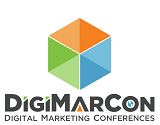

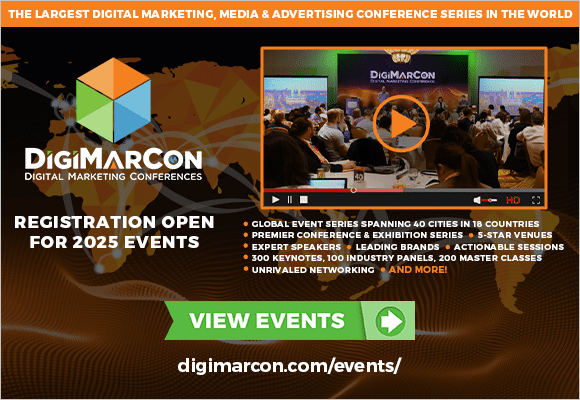





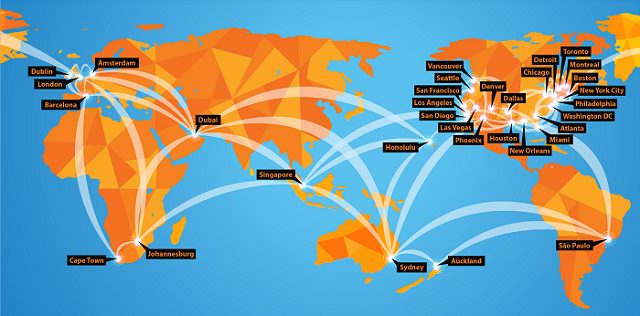


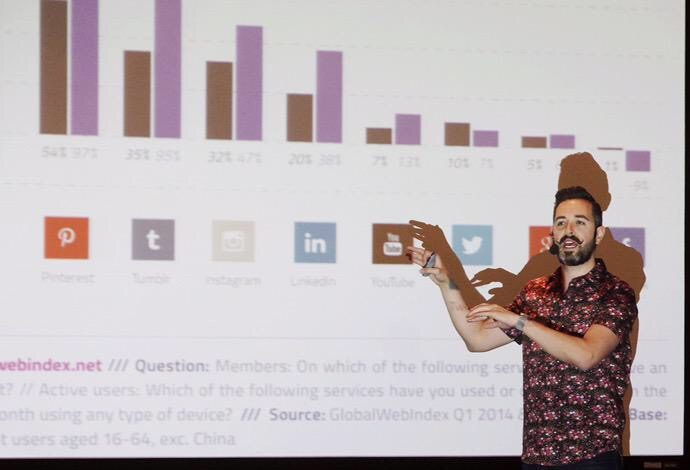


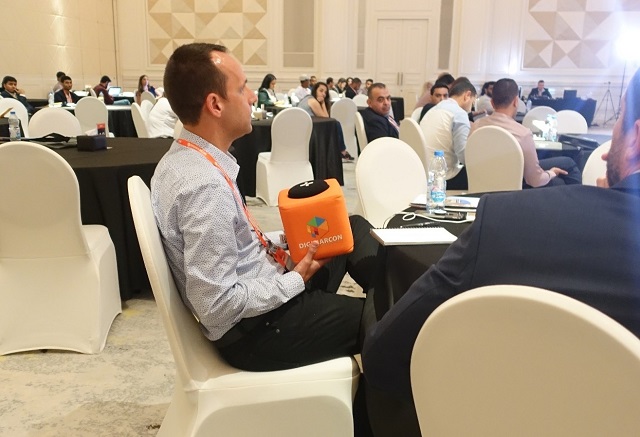

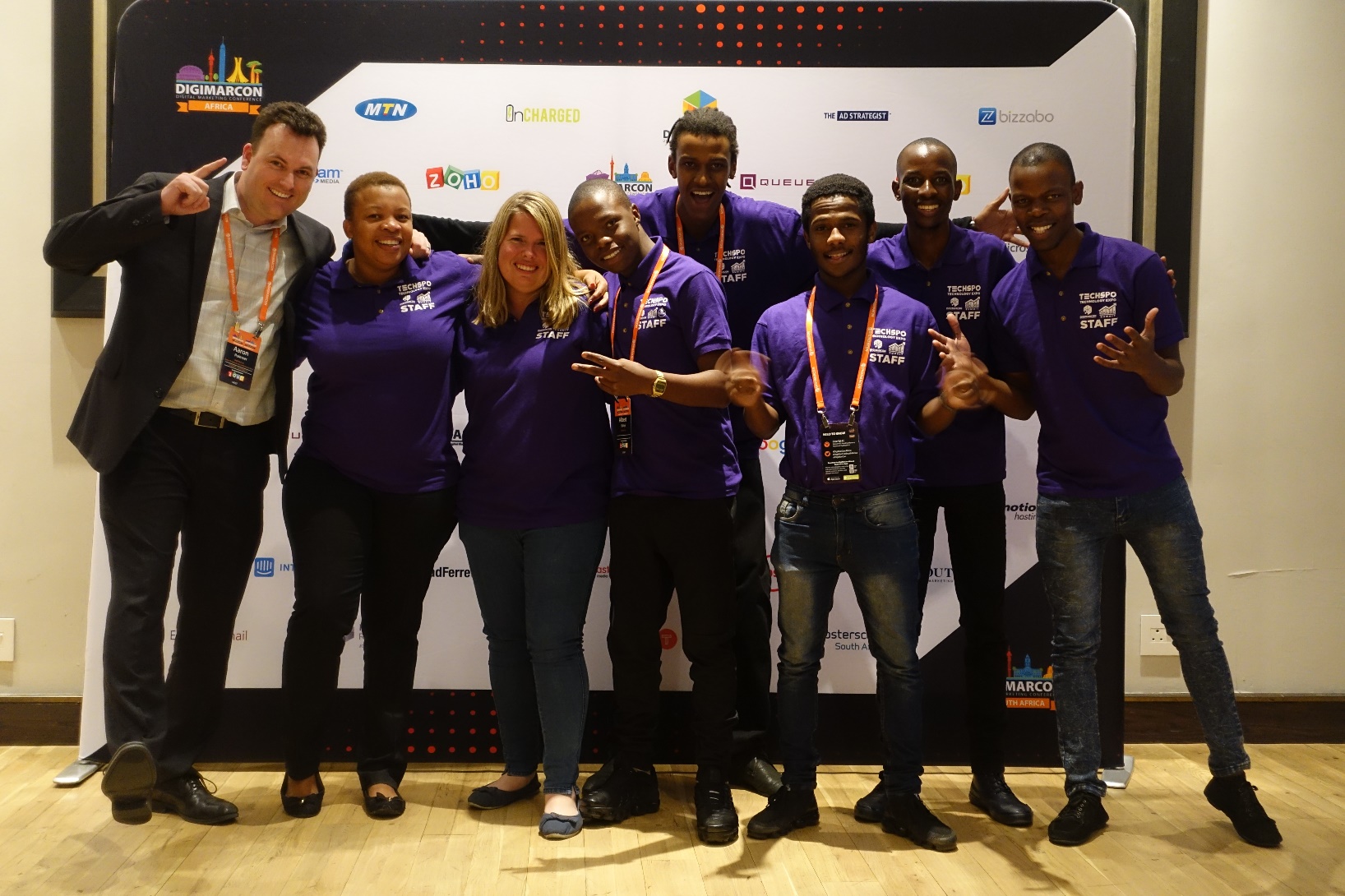

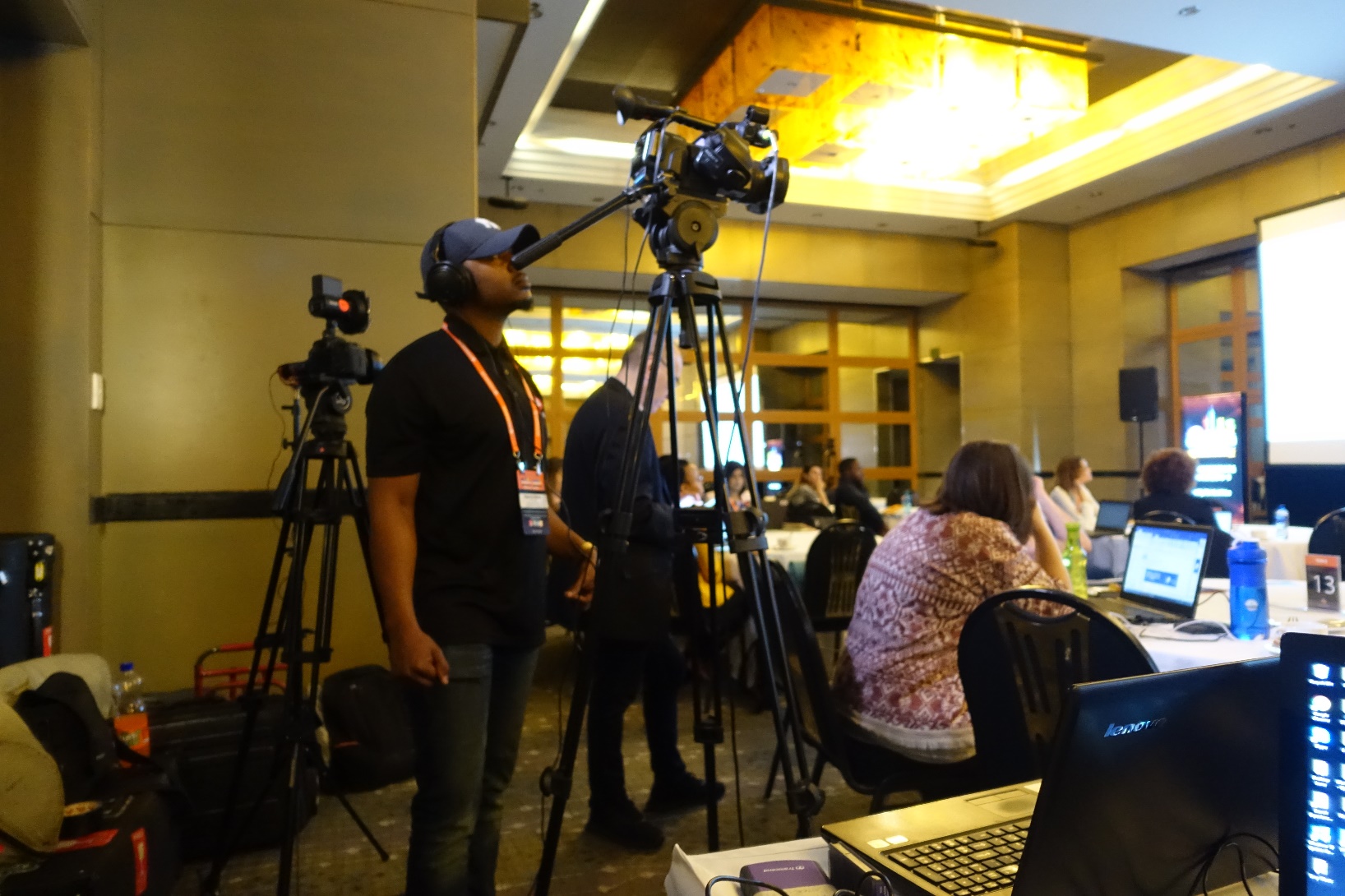



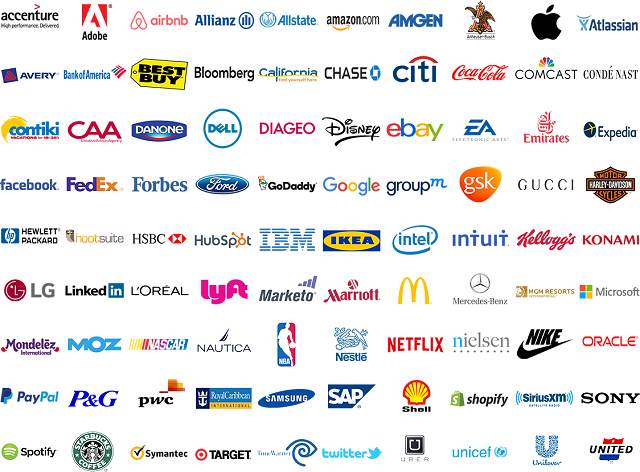














No comments